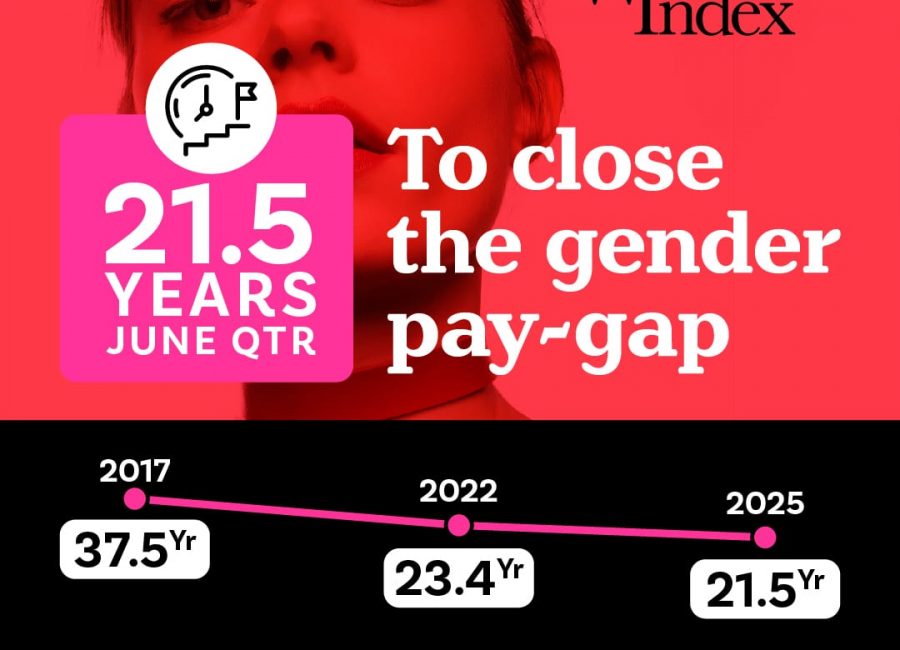To make the most of investing your money, you need to diversify your portfolio by investing in the different asset classes.
Diversification simply means putting your investment money into different asset classes – in other words, not putting all your eggs in one basket.
Your choice will depend on many factors, such as:
* Your reason for the investment
* Your timeframe for the investment
* Your past experience
* Your desired returns
* Your desire to preserve or grow your capital
* Your cash flow needs
* Your tax situation and the value of any tax benefits
* Your risk profile
Diversification gives you an investment “portfolio”, and you spread the risk across the portfolio.
You don’t have to be an expert in any one investment area, because a temporary loss in that area, like a property downturn, is usually balanced by a gain in another, like a stock market rise.
Diversifying doesn’t eliminate your risk entirely, but it does reduce it.
You can diversify in many ways – for example:
* Diversification across asset classes
* Diversification within an asset class
* Diversification between different sectors of the same asset class
* Diversification by investing in different countries
* Diversification by time frame
How to manage your risk.
Here’s an example that explains how diversification can help you manage your investment risk:
You have $100,000 to invest, and can either buy one share worth $100,000 in one company (let’s call this portfolio one) or buy 100 shares worth $1,000 each in 100 different companies (portfolio two).
In both portfolios, assume you bought shares in a company X, but it eventually became insolvent.
In portfolio one you would have lost 100 per cent of your money; in portfolio two, you would have lost only 1 per cent.
However, this also works in reverse.
If the shares in company X doubled in value, Portfolio One would have doubled in value, and Portfolio Two would have risen by only 1 per cent.
For most investors, portfolio two has a lower risk.
By investing in 100 stocks rather than one, you’re not relying on the performance of just one company.
Keep in mind that even in portfolio two, you’re only diversifying if you invest in a variety of stocks.
If you have all your 100 stocks in one sector, they might all fail at the same time – so you haven’t really diversified.
You might have heard the saying, “High risk, high return. Low risk, low return.”
In general, this is true.
The higher the risk, the higher the potential return but also the higher the potential loss.
Be cautious of investments promising unusually high returns: they might be risky investments or even scams.
Of course, if you increase your knowledge, you reduce your risk – and in that case, you might well choose high-return investments.
But if you’re not willing to get that knowledge, don’t be swayed by the promise of easy money!












